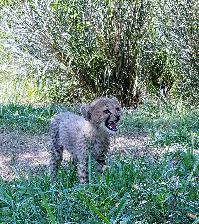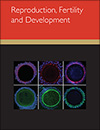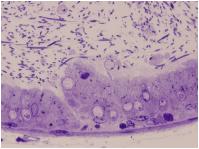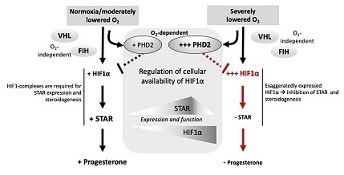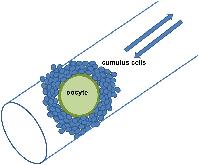Reproduction, Fertility and Development
Volume 33
Numbers 17 & 18 2021
Cheetahs are charismatic ambassadors for wildlife conservation, but face many challenges in managed environments, including poor reproductive success. Until now little information on the development and sexual maturity of cheetahs existed. Based on body weight and oestrogen hormone patterns, we’ve identified female cheetah puberty to occur at approximately 24–30 months of age. By understanding cheetah puberty, we can improve zoo breeding programs and the success of managed cheetah populations, improving the genetic variability and sustainability of the species as a whole.
As males age there is a decrease in testosterone, the most important hormone in the male’s reproductive function. However, studies have not yet determined whether this alteration during ageing affects the sperm that are being generated and maturing in the reproductive tract. In this study, we found that ageing can affect the fertile capacity of sperm.
Reduced oxygen tension (hypoxia), through the involvement of hypoxia-inducible factor 1 (HIF1)-complexes that regulate steroidogenic acute regulatory (STAR) protein expression and function, plays important roles in regulating ovarian functions characterised by high steroidogenic activity. This study examined the possible involvement of HIF1α regulatory factors: FIH, PHD1, 2, 3 and VHL in murine ovaries and immortalised KK1 granulosa cells (used as a steroidogenic model). As a main finding, PHD2 in particular appears a plausible candidate as a specific regulator of HIF1α and, thus, STAR availability in granulosa cells.
An important operation of assisted reproductive technology is cumulus cell removal. The timing of cumulus cell removal has an effect on the outcomes of assisted reproductive technology. Our study aims to find the best time for cumulus cell removal, which will increase the success rate of assisted reproductive technology.
